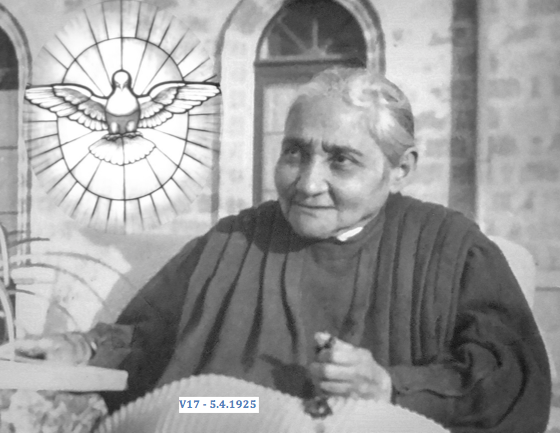The remarkable survival of the Jesuit Fathers in Hiroshima
(Excerpted from Article by Donal Anthony Foley on Thursday, 5 August 2010 )
 Today, August 14th, is the Feast Day of St. Maximilian Kolbe
Today, August 14th, is the Feast Day of St. Maximilian Kolbe
(1894-1941)
Priest, Martyr
. . . August 6 is also an important date in world history: the fateful day on which the first atomic bomb was dropped on Hiroshima in Japan. On that day, a Monday, at 8.15 in the morning, an American B-29 bomber, Enola Gay, dropped its bomb “Little Boy”, which fell to a predetermined detonation height of about 1,900 feet above the city. It exploded with a blinding flash, creating a giant fireball, which vaporised practically everything and everyone within a radius of about a mile of the point of impact. It is estimated that up to 80,000 people were directly killed by the blast, and by the end of the year, that figure had climbed considerably higher, due to injuries and the effects of radiation. Over two thirds of the city’s buildings were completely destroyed.
But in the midst of this terrible carnage, something quite remarkable happened: there was a small community of Jesuit Fathers living in a presbytery near the parish church, which was situated less than a mile away from detonation point, well within the radius of total devastation. And all eight members of this community escaped virtually unscathed from the effects of the bomb. Their presbytery remained standing, while the buildings all around, virtually as far as the eye could see, were flattened.
Fr Hubert Schiffer, a German Jesuit, was one of these survivors, aged 30 at the time of the explosion, and who lived to the age of 63 in good health. In later years he travelled to speak of his experience, and this is his testimony as recorded in 1976, when all eight of the Jesuits were still alive. On August 6 1945, after saying Mass, he had just sat down to breakfast when there was a bright flash of light.
Since Hiroshima had military facilities, he assumed there must have been some sort of explosion at the harbour, but almost immediately he recounted: “A terrific explosion filled the air with one bursting thunderstroke. An invisible force lifted me from the chair, hurled me through the air, shook me, battered me [and] whirled me round and round…” He raised himself from the ground and looked around, but could see nothing in any direction. Everything had been devastated.
He had a few quite minor injuries, but nothing serious, and indeed later examinations at the hands of American army doctors and scientists showed that neither he nor his companions had suffered ill-effects from radiation damage or the bomb. Along with his fellow Jesuits, Fr Schiffer believed “that we survived because we were living the message of Fatima. We lived and prayed the rosary daily in that home.”
There is actually a biblical precedent for what happened to the eight Jesuits, in the book of Daniel. In Chapter 3, we read of the three young men who were thrown into the fiery furnace at the orders of Nebuchadnezzar, but who survived their ordeal and even walked around in the midst of the flames, accompanied by an angel who looked like “a son of the gods”.
After this first bombing, the Japanese government refused to surrender unconditionally, and so a second atomic bomb was dropped on the city of Nagasaki three days later on August 9. Nagasaki had actually been the secondary target, but cloud cover over the primary target, Kokura, saved it from obliteration on the day. The supreme irony is that Nagasaki was the city where two-thirds of the Catholics in Japan were concentrated, and so after centuries of persecution they suffered this terrible blow right at the end of the war.
But in a strange parallel to what happened at Hiroshima, the Franciscan Friary established by St Maximilian Kolbe in Nagasaki before the war was likewise unaffected by the bomb which fell there. St. Maximilian, who was well-known for his devotion to the Blessed Virgin, had decided to go against the advice he had been given to build his friary in a certain location. When the bomb was dropped, the friary was protected from the force of the bomb by an intervening mountain. So both at Hiroshima and Nagasaki, we can see Mary’s protective hand at work.
[youtube]http://youtu.be/iut-IFujJ7M?list=PLydwi5akVisbLM_G1fG0csOuPyF36X9qk[/youtube]
